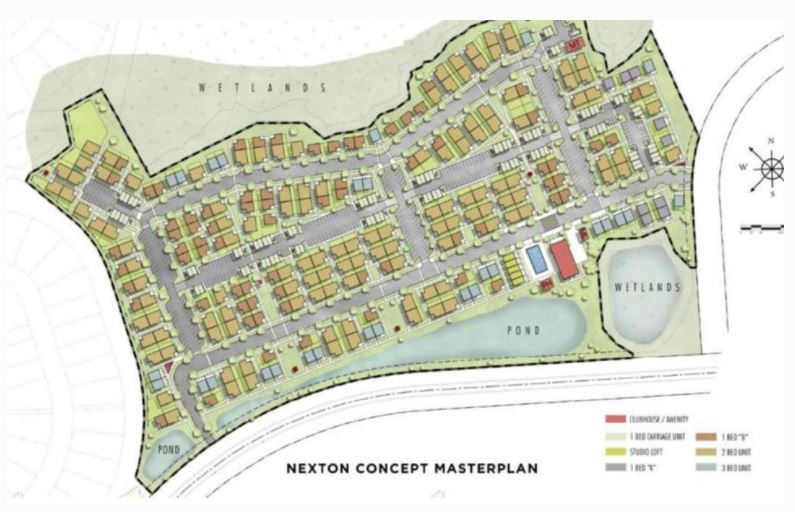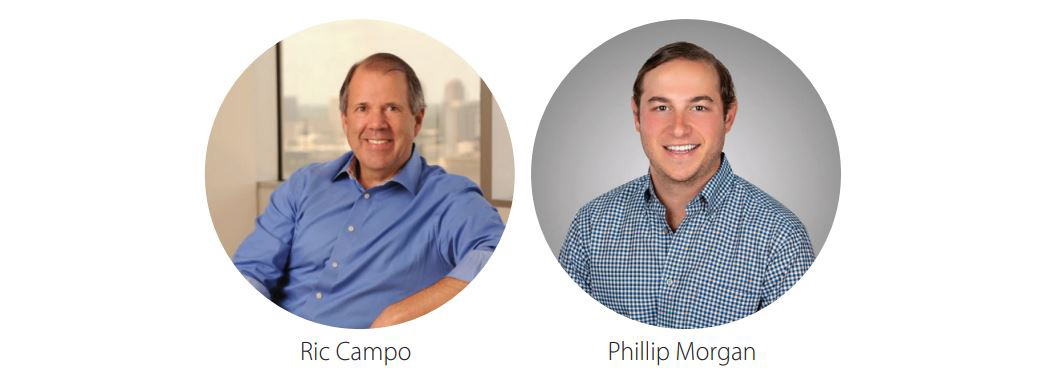It may be 2021, but the gender gap is still alive and well, and Commercial Real Estate is no exception. While 64 percent of all residential realtors are women, this glass ceiling-shattering statistic isn’t reflective of CRE, where only 36.7 percent of workers are female. This begs the question: What can be done to attract more women into CRE and keep them there?
But, before we can answer that question, let’s consider a few reasons why female talent has struggled to break into the CRE industry. Then we can talk about some creative ways firms can evolve to attract and retain more women:
Where Are The Women in CRE?
Make no mistake, there are some powerful women in the world of CRE that I look up to and admire for making an impact, shattering stereotypes, and inspiring positive evolution within the field. That being said, we still have a lot of work to do to balance the scales. Let’s examine some of the primary driving forces behind the gender gap that still exists:
Like father, like son. The systemic nepotism entrenched within the CRE industry is clear as day and understandable: In a relationship-driven business, it’s not what you know but who you know. But when the CEO hires his COO’s nephew as an intern because of a favor owed, it perpetuates the problem. While there is nothing fundamentally wrong with working in the family business or returning a favor, issues arise when that’s the primary funnel for sourcing new talent. The result is a narrow, one-dimensional organization that has historically left highly qualified female candidates overlooked or encouraged to pursue more gender-traditional career paths.
Lack of leadership opportunities. Unconscious bias, the lack of well-defined promotional rubrics and outdated management styles can fuel gender imbalances across the highest levels within a firm. Women hold only just 9 percent of C-suite positions in the CRE industry, making a path to executive leadership seemingly vague and unattainable for the remaining female workforce in addition to their interests not being well represented. By building clear, merit-based paths for growth and career advancement in lock-step with competitive compensation, firms can begin to move towards a more balanced C-Suite which studies have shown to positively boost the bottom line.
Resistance to change. A notable inflection point was reached during COVID-19 when baby boomers who had previously resisted technology out of fear of disintermediation were quickly forced to embrace digital tools to manage their entire workflows, many for the first time in their careers. This resistance to change also permeated through the CRE industry’s culture for decades resulting in a staunch, old-school workplace which made attracting a wider pool of qualified, tech-savvy new hires hungry to leverage technology and work in a diverse place an uphill battle.
Here’s How to Change It
Cast a Wider Net and Invest in Outlier Talent Early. CRE firms can partner with local universities and clubs to expose more female students to the myriad of lucrative opportunities within CRE. Lifting the veil on a historically opaque industry could encourage more students to consider a wider set of career options that may suit their unique personalities and skill sets. Firms could set a goal to bring an equal number of qualified female candidates into their programs early and invest in providing access to training, mentorship, and certifications for top female talent.
Seats in the C-Suite. If your C-Suite is absent of any female or diverse representation, how can you expect the rest of your company to look any different? By diversifying your leadership, you’ll be sending an encouraging message that growth is attainable and good work is rewarded. Before looking to make an external hire to balance the scales, look at your pool of internal candidates to reverse some of the promotional favoritism that’s transpired.
Reimagine The Culture. The industry, by and large, has a brand problem: a good ol’ boys’ club image that firms will need to address as the Boomers retire. Maybe the problem takes care of itself with that turnover, but the process of addressing a culture must be genuine and thoughtful. The new generation of workers are smart, connected, and can instantly sniff out something inauthentic– your company’s culture is no exception. Unfortunately, a new logo, TikTok account, and a fresh mission statement won’t cut it. Start by revamping your recruiting process, addressing equal compensation, and building an inclusive culture that rewards great work. But then again, maybe learning a TikTok dance or two wouldn’t be half bad.
In 2021, there’s never been a better time in history for women to enter and advance in any industry they want to pursue. But to my fellow females, it’s our responsibility to show up, ask for the raise, be vocal about what we need and be willing to help work collaboratively to inspire positive changes desperately needed within the industry. If CRE leaders are willing to honestly address the historical challenges that have previously prevented more women from entering and remaining in the CRE industry–the future begins to look a lot more bright and balanced.
Lauren Martin is the Head of Product at AnthemIQ, a CREtech company. She’s also a licensed Tenant Rep Specialist at Elevate Growth Partners in Austin, Texas.







